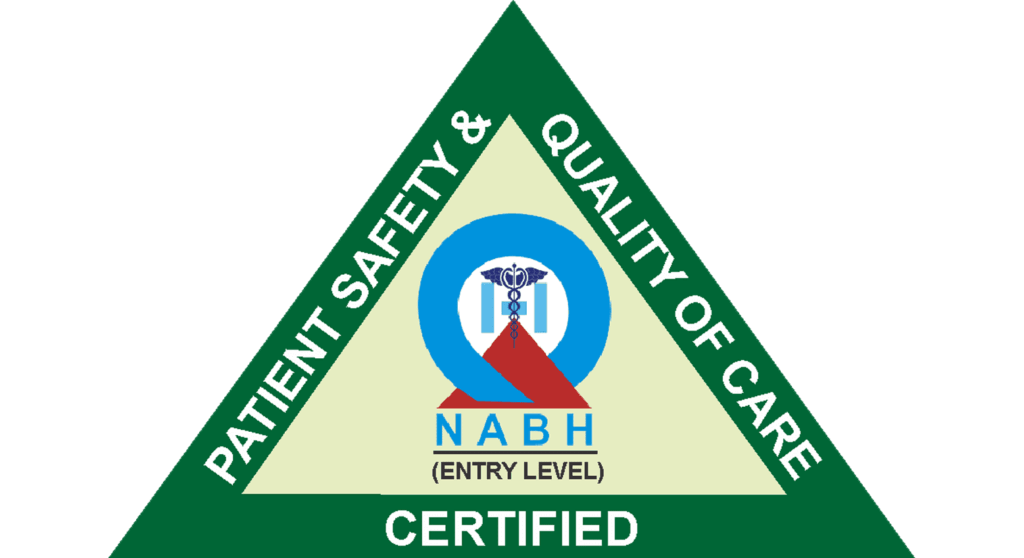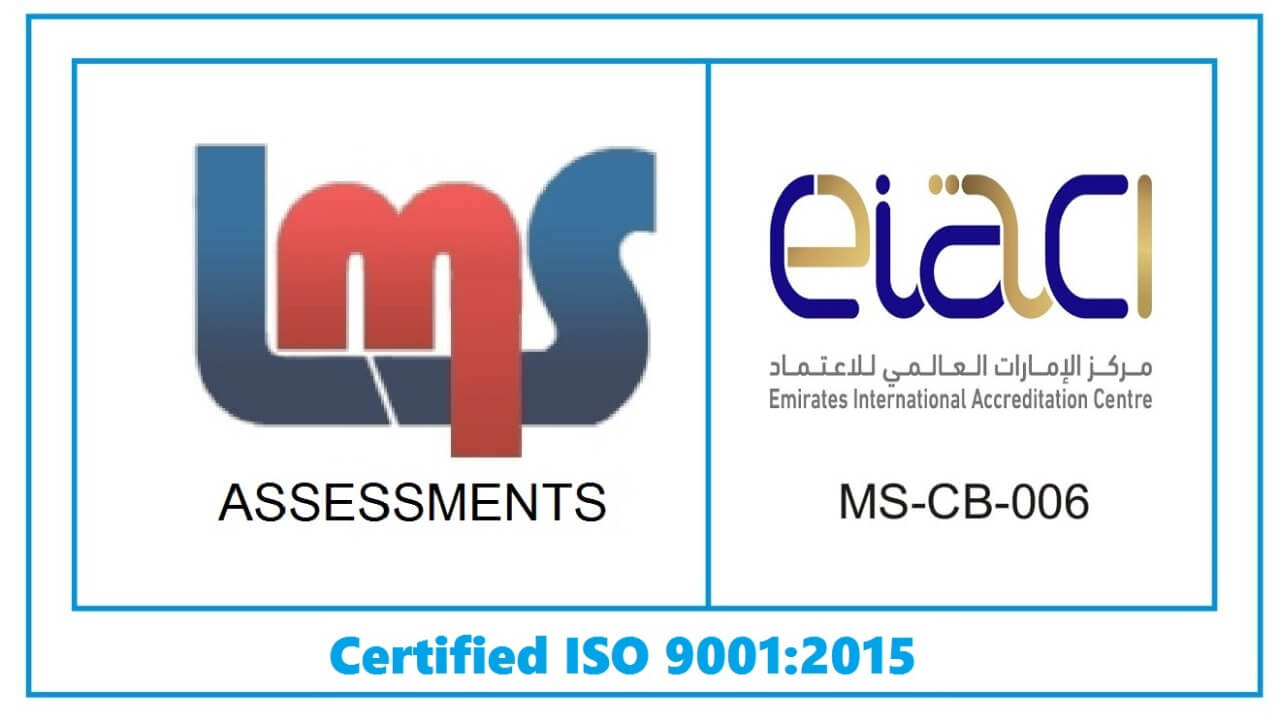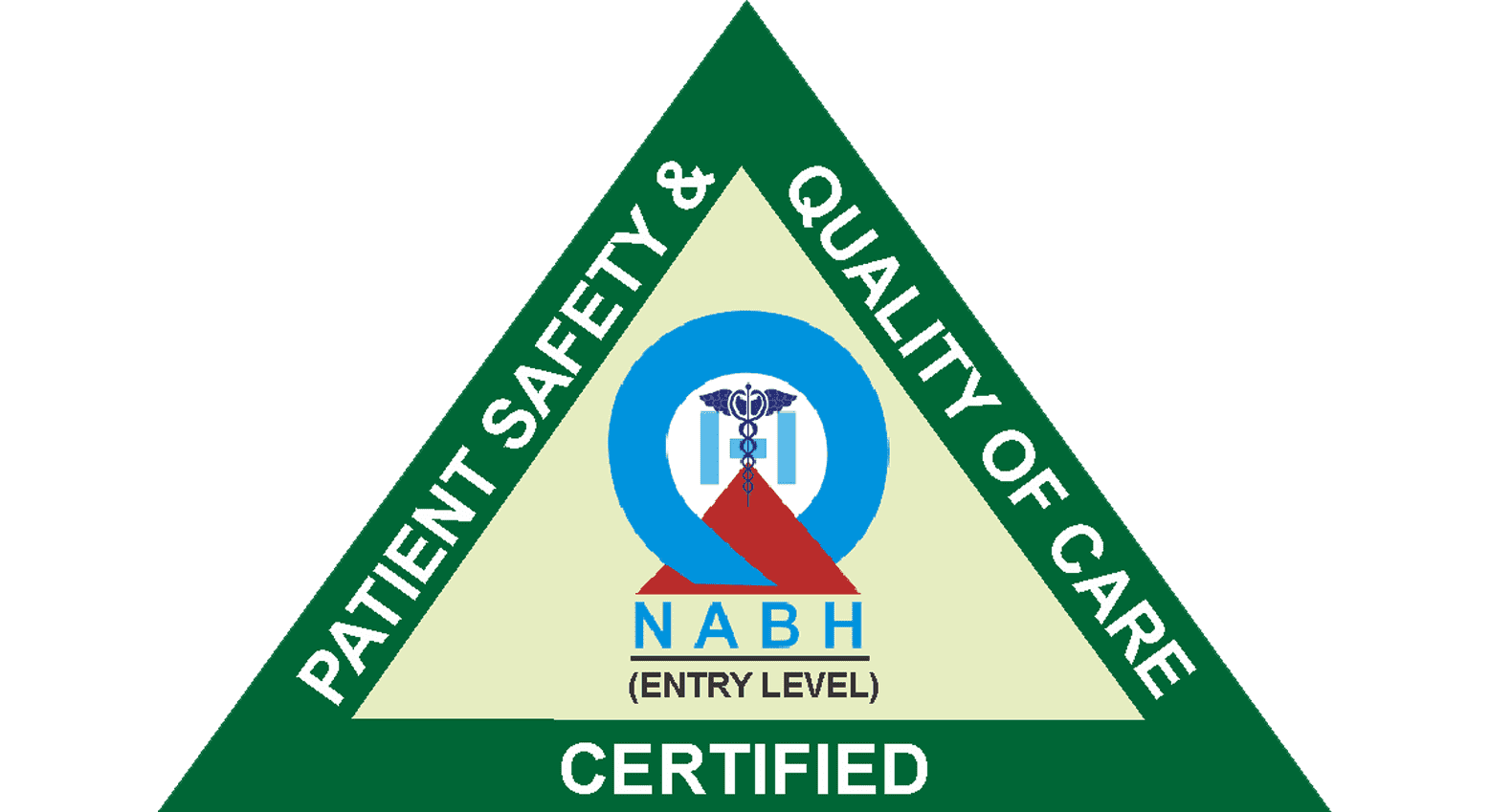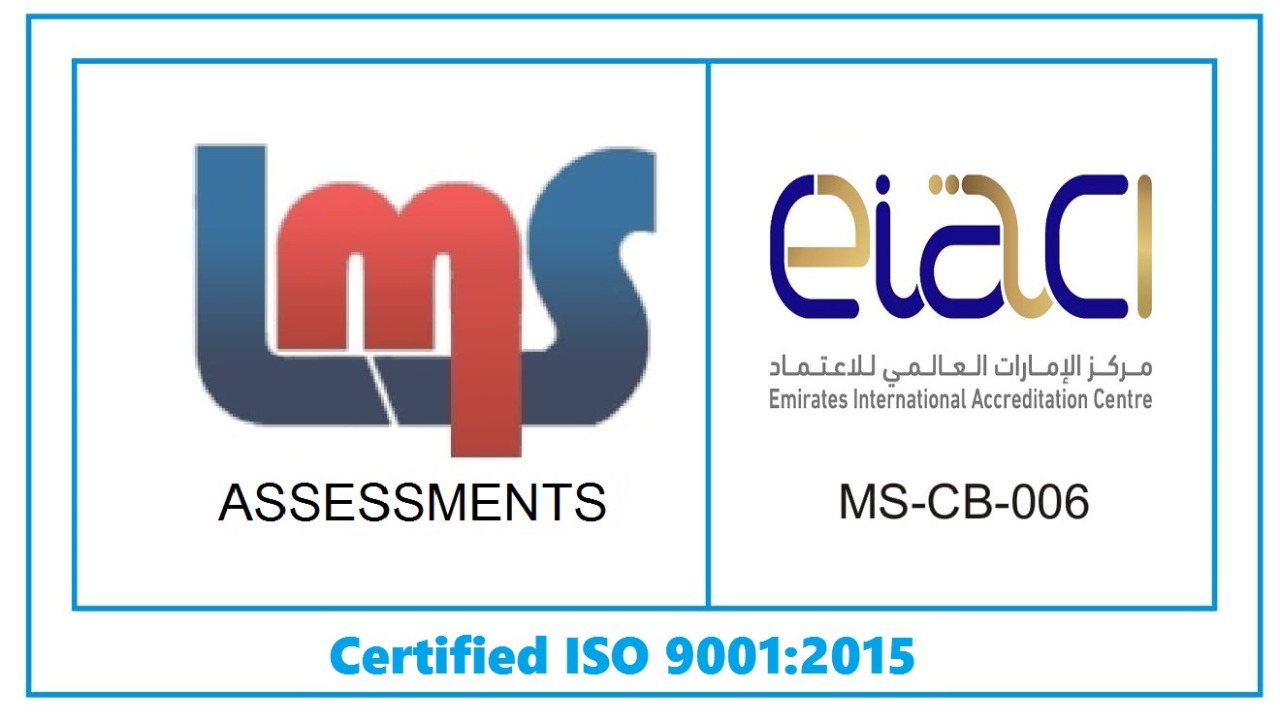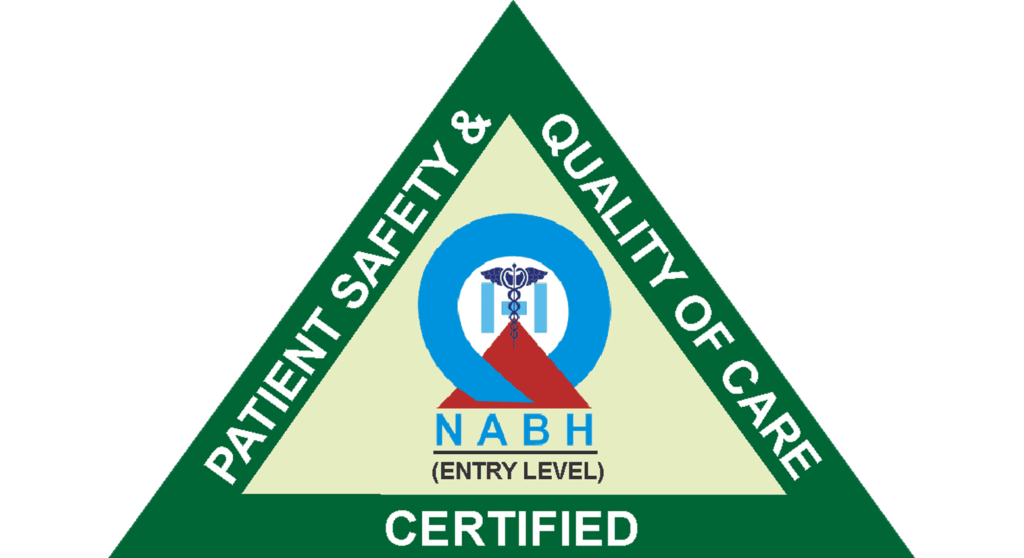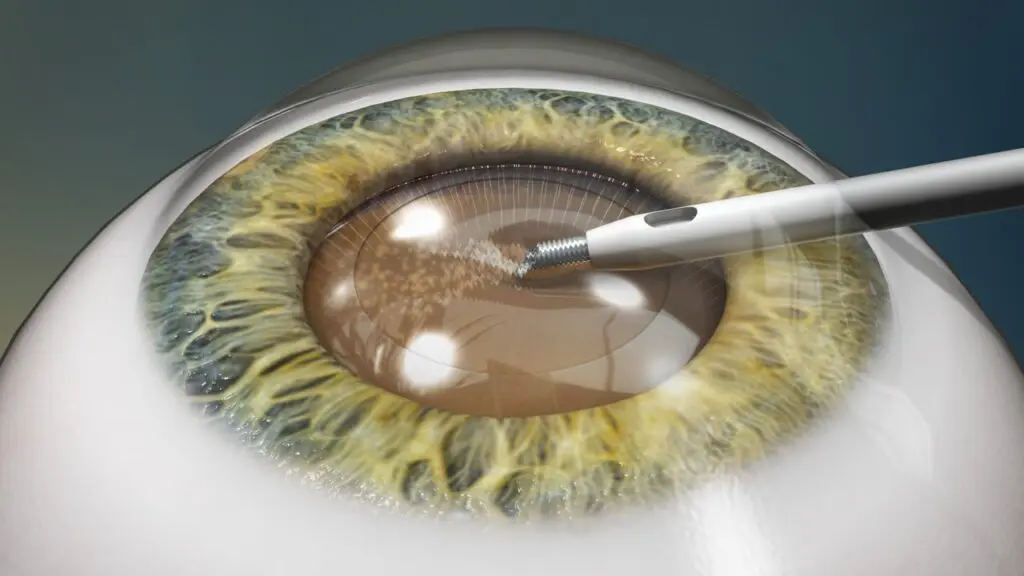

Exchange (ReLEx)
Refractive Lens Exchange Surgery
What is Refractive Lens Exchange Surgery?
Refractive Lens Exchange (ReLEx), likewise referred to as Clear Lens Exchange (CLE), is a surgical procedure aimed at mitigating refractive defects in the eyes by the implantation of an artificial intraocular lens (IOL) in place of the natural lens. It is much like cataract surgery, except the primary goal is vision correction rather than cataract removal. The necessity for glasses or contact lenses is reduced or eliminated after the treatment. It is an adept procedure for those over 40 and 50 who have nearsightedness (far items seem blurry) or farsightedness (close objects show haze), as well as those who want to use a multifocal implant to treat presbyopia (gradual loss of focus on close objects). Additionally, it treats refractive problems as well as the possibility of cataract formation in aged individuals.
Refractive Lens Exchange Surgery(ReLEx) Procedure

Step 1
An incision of 2.2mm is created through which an ultrasound probe is passed.

Step 2
The natural crystalline lens is disintegrated by the ultrasound probe.

Step 3
The artificial lens is then folded and positioned in the space previously occupied by the natural lens.
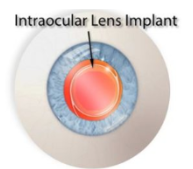
Step 4
The implanted IOL allows clear and flexible vision, sitting centered in the eye.
Refractive Lens Exchange (ReLEx) Lens Options

Astigmatism-Correcting Lens
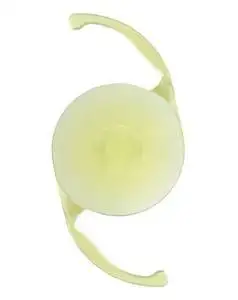
Extended depth of focus IOLs

Multifocal/Accommodative Lens
Reflective Lens Exchange (ReLEx) Videos
Frequently Asked Questions
The difference lies in removing and keeping the natural lens intact. Cataract surgery will remove the affected cloudy natural lens while RLE places an artificial lens (IOL) in place of the natural lens, it is done irrespective of cataract to correct refractive errors.
It is highly unlikeable since in RLE the natural lens is removed and replaced with an IOL lens, which permanently modifies your vision, this can be a benefit of refractive lens exchange.
The RLE is usually performed on individuals over 40 years of age. This indicates the fact that RLE is frequently assessed for people who experience changes in their eyes due to age, leading to conditions such as presbyopia and difficulty focusing on close objects.
The aim is to significantly reduce the dependence on spectacles or contact lenses for Refractive correction after treatment with RLE. In determining the extent of your vision improvement, the choice of intraocular lenses and your surgeon’s expertise will be important.
The use of multifocal or Extended Depth of Focus (EDOF) IOLs for RLE procedures can somewhat reduce the dependence on reading glasses for various tasks but it does not ensure complete freedom from glasses as it may depend on situational factors.
In the case of skilled and experienced eye surgeons, RLE is generally considered to be safe. There may be risks and complications, like any surgery, but they are relatively common. Major risks associated with the use of an IOL can be infections, inflammation, glare, halos, and other problems.
It is generally advised by your surgeon to avoid rubbing your eyes is after undergoing Refractive Lens Exchange (RLE). While it’s unlikely that an intense and forceful rub will cause the intraocular lens to come loose from your eye, there is a potential for increased risk if you have excessive and strong rubbing.
The color of the IOL usually remains stable after RLE, they are designed with materials that can withstand color changes over time and factors such as age or exposure to light usually do not alter their color. However, in order to meet specific needs such as UV protection, specialized intraocular lenses may have slight yellow tinges.
If you are eligible for RLE, an eye exam by a qualified Ophthalmolotherapist or Eye Surgeon should be performed. They’ll assess your eyes in toto and Refractive Error and discuss the best options for your vision correction needs.

